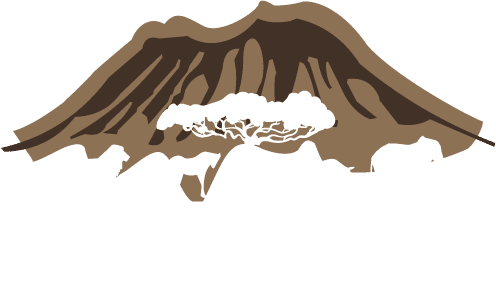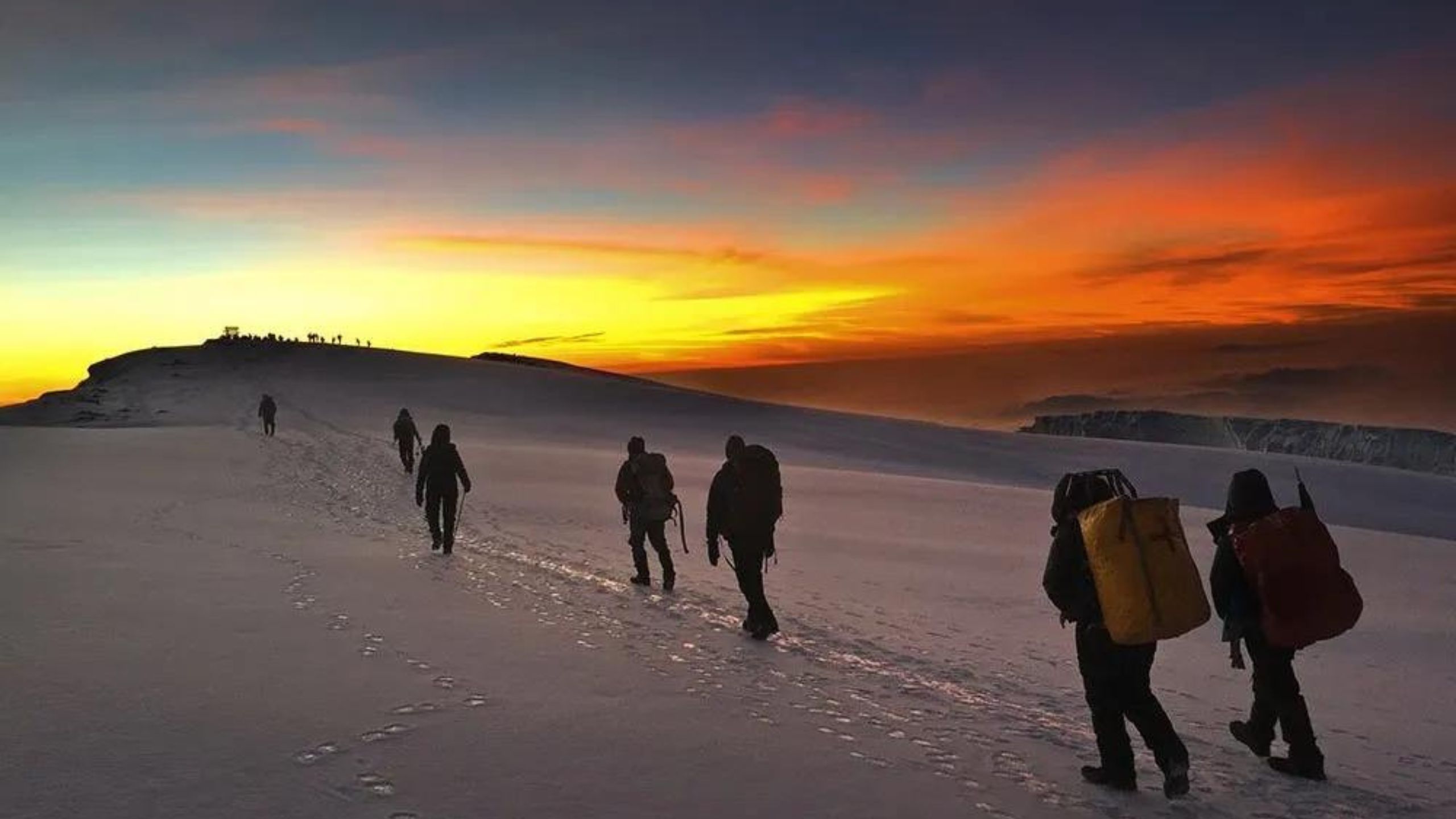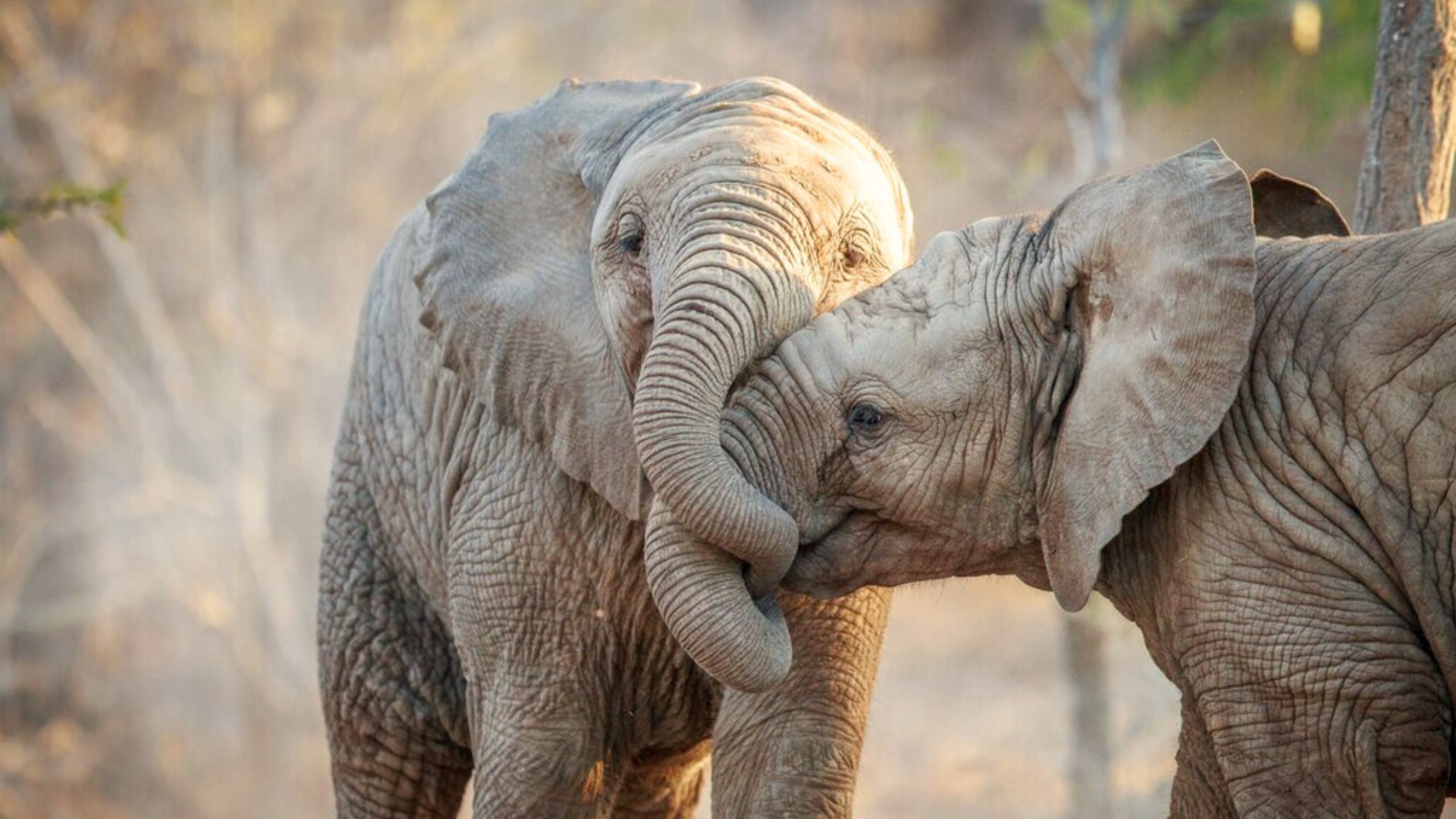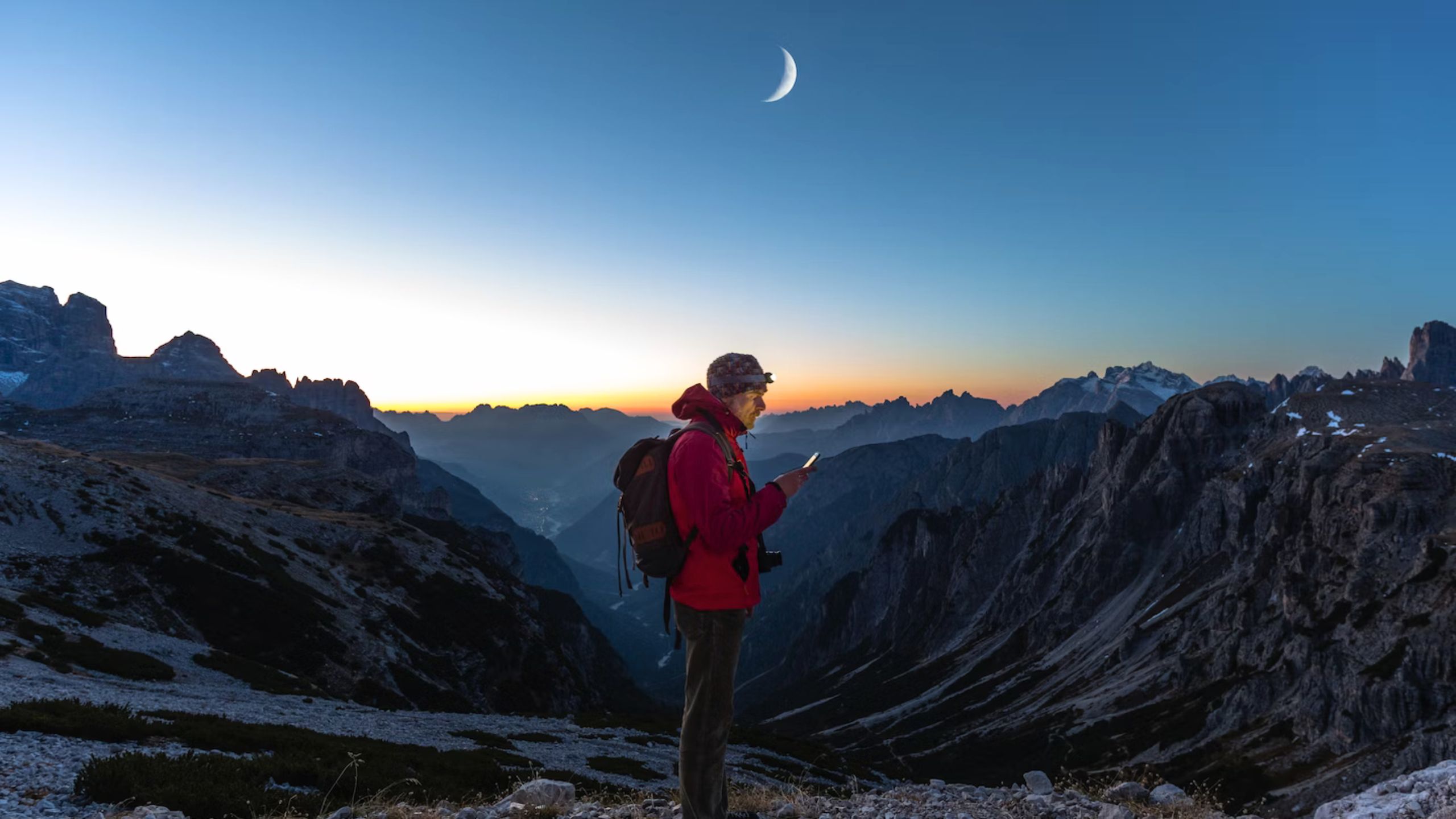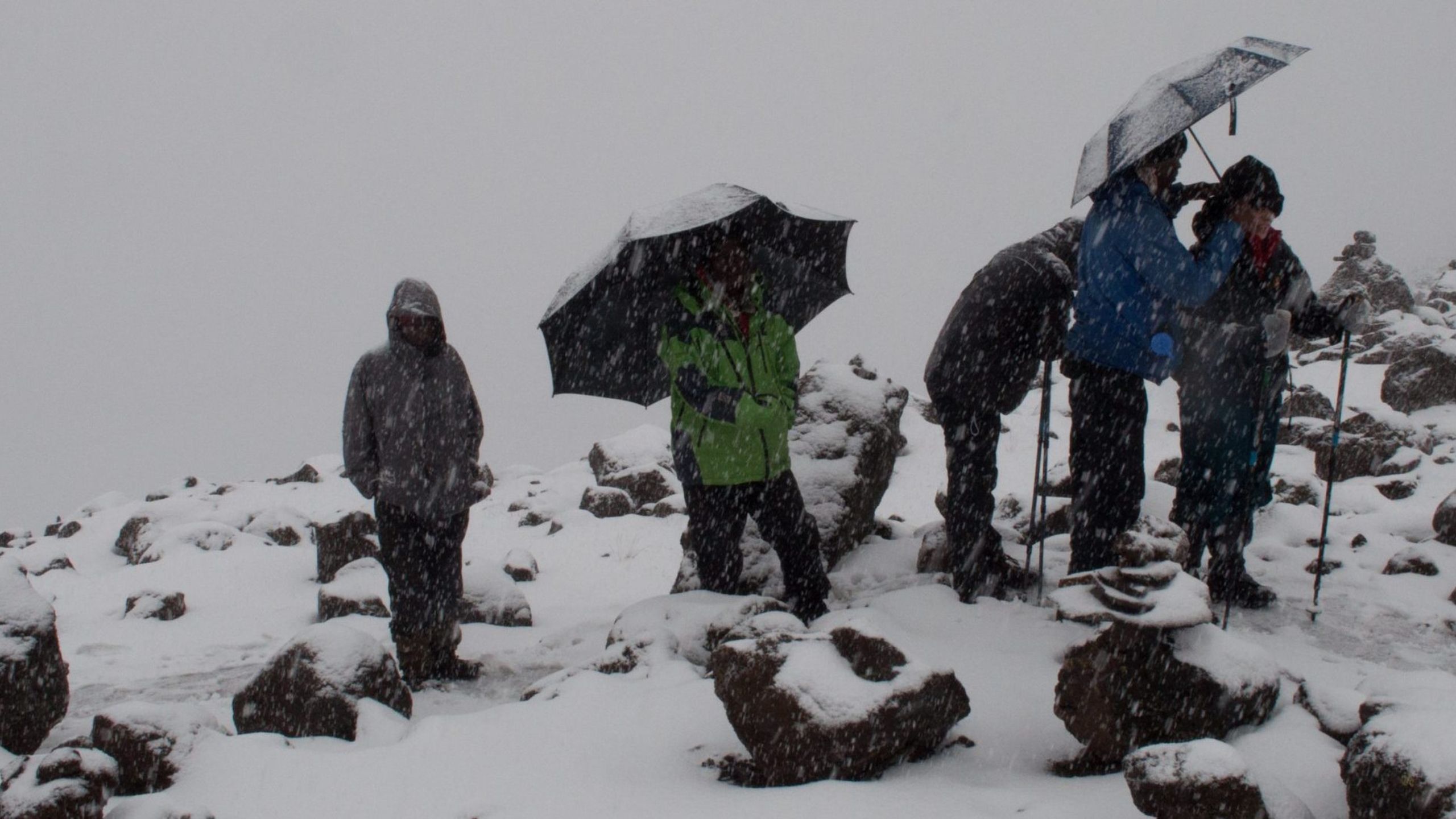Climbing Mount Kilimanjaro is a dream adventure for many outdoor enthusiasts and avid trekkers. Located in Tanzania, East Africa, Mount Kilimanjaro is the highest free-standing mountain in the world and one of the Seven Summits, making it a popular destination for those seeking an epic trekking experience. To successfully conquer this majestic peak, it’s essential to be well-prepared.
Here’s the ultimate guide to climbing Mount Kilimanjaro:
1. Choosing the Right Route:
Kilimanjaro offers several different routes, each with its own unique challenges, scenery, and duration. The most popular routes are the Machame, Marangu, Lemosho, Rongai, and the Northern Circuit. It’s important to select a route that suits your fitness level, preferences, and the time you have available.
2. Climbing Seasons:
Kilimanjaro can be climbed throughout the year, but the best time to attempt the trek is during the dry seasons, which are typically from late June to October and from December to February. These periods offer more stable weather conditions and better visibility.
3. Acclimatization:
Proper acclimatization is crucial to avoid altitude sickness. Most routes incorporate acclimatization days, during which trekkers hike higher and then return to a lower camp to sleep. This helps your body adjust to the decreasing oxygen levels as you ascend.
4. Training and Fitness:
Climbing Kilimanjaro is physically demanding. You should engage in regular cardio and strength training exercises to prepare your body for the trek. Focus on hiking, walking, and endurance activities to improve your fitness level.
5. Permits and Guides:
Climbing Kilimanjaro requires permits, and it’s mandatory to go with a certified guide. Ensure that you book with a reputable trekking company that provides experienced guides who prioritize safety.
6. Packing List:
Prepare a comprehensive packing list that includes appropriate clothing, gear, and equipment. This may include warm layers, waterproof clothing, hiking boots, a sleeping bag, trekking poles, and other essential items.
7. Physical and Mental Preparation:
Mental preparation is just as important as physical training. High-altitude trekking can be mentally challenging. Be ready for the physical discomfort, long hours of hiking, and the possibility of changing weather conditions.
8. Altitude Sickness:
Learn about altitude sickness and its symptoms. It’s important to know how to recognize the signs and when to descend to lower altitudes if needed.
9. Hydration and Nutrition:
Staying well-hydrated and nourished is vital at high altitudes. Your body will require more fluids and calories to cope with the physical exertion and altitude effects.
10. Respect the Environment:
Kilimanjaro is a UNESCO World Heritage Site, and responsible trekking is essential to preserve its natural beauty. Always follow the Leave No Trace principles and take all your trash with you.
11. Time and Budget:
Climbing Kilimanjaro requires a significant time commitment and budget. Consider the number of days you plan to spend on the mountain and the cost, which can vary based on route and tour operator.
12. Travel and Accommodation:
Arrange your travel to Tanzania and accommodation in Moshi or Arusha, the gateways to Kilimanjaro. Many tour operators can help with these logistics.
Climbing Mount Kilimanjaro is an incredible and rewarding experience, but it’s not to be taken lightly. Adequate preparation, the right equipment, and experienced guides are key to reaching the summit safely. Remember that it’s not just about conquering the peak but also about appreciating the breathtaking landscapes and the journey itself.
Here’s an overview of the main routes:
Marangu:
This is “the Coca-Cola route,” named after the fact that there are huts along the way where you can sleep and buy things like a cold Coke. It actually has a low success rate, however, as people underestimate the challenge and opt to rush to the top in five days instead of taking more time to acclimatize.
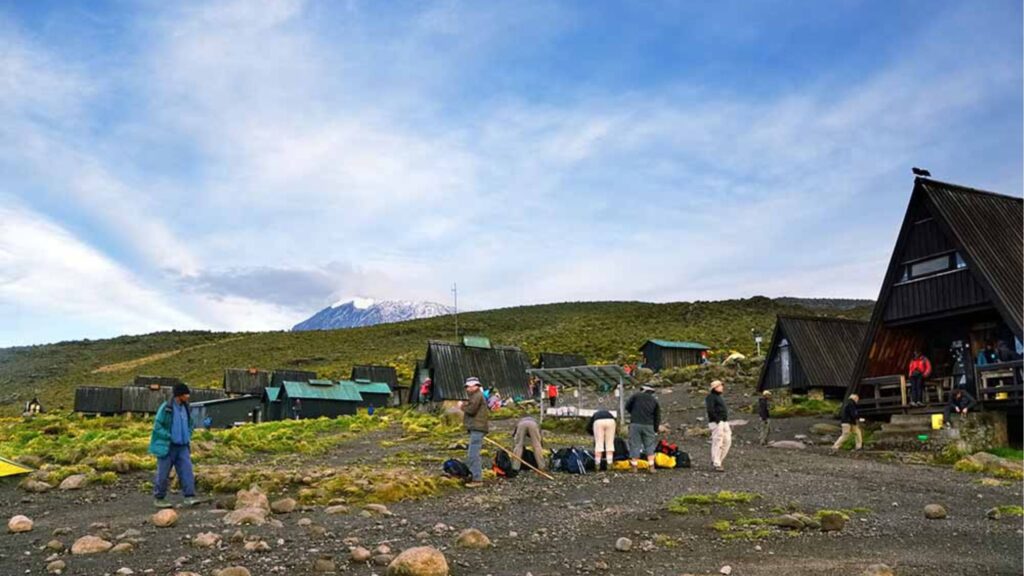
Machame:
This is the most popular route. When done in seven days, it has a success rate of over 60%, hence its popularity. It’s called “the whiskey” route,” hinting at the fact that it’s a more serious challenge than the Coca-Cola route.
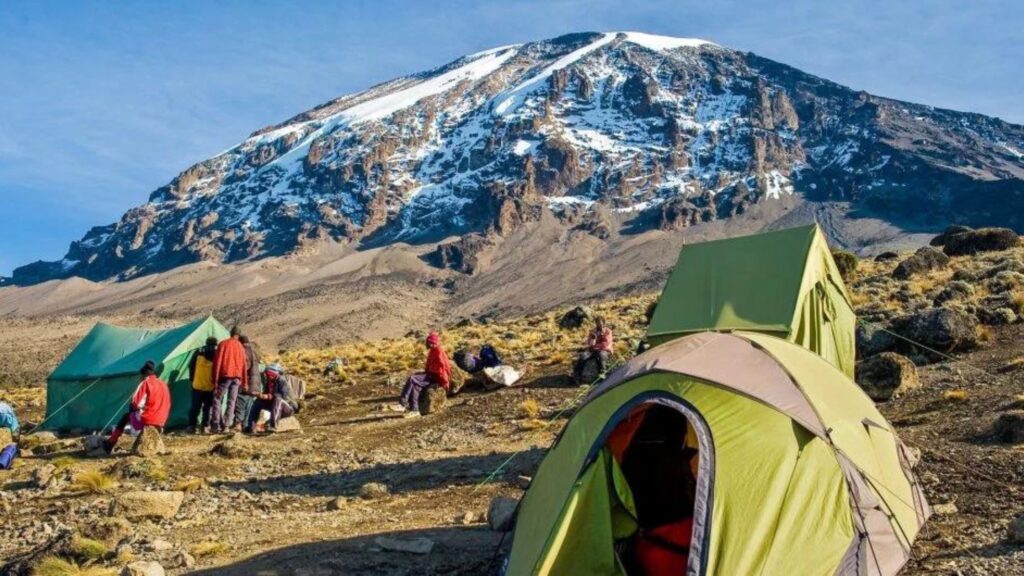
Rongai:
This is the easiest route on Kilimanjaro. It’s a bit less scenic and more expensive (there aren’t as many budget operators here), but it’s the only route that approaches from the north. It’s also much less busy.
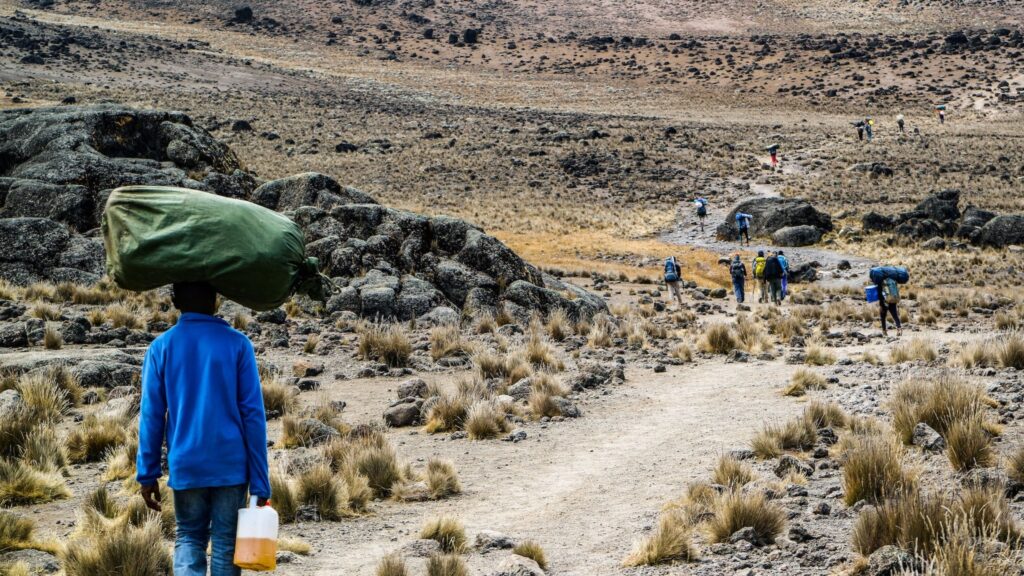
Shira:
This route jumps into some high-altitude gains early on before joining the Machame route. It’s challenging and more expensive, since you start in the west before linking up with the main route.

Lemosho:
This is the most beautiful route up the mountain, which is why I chose it. It offers lots of variety and plenty of challenge. It’s one of the more expensive routes, however.
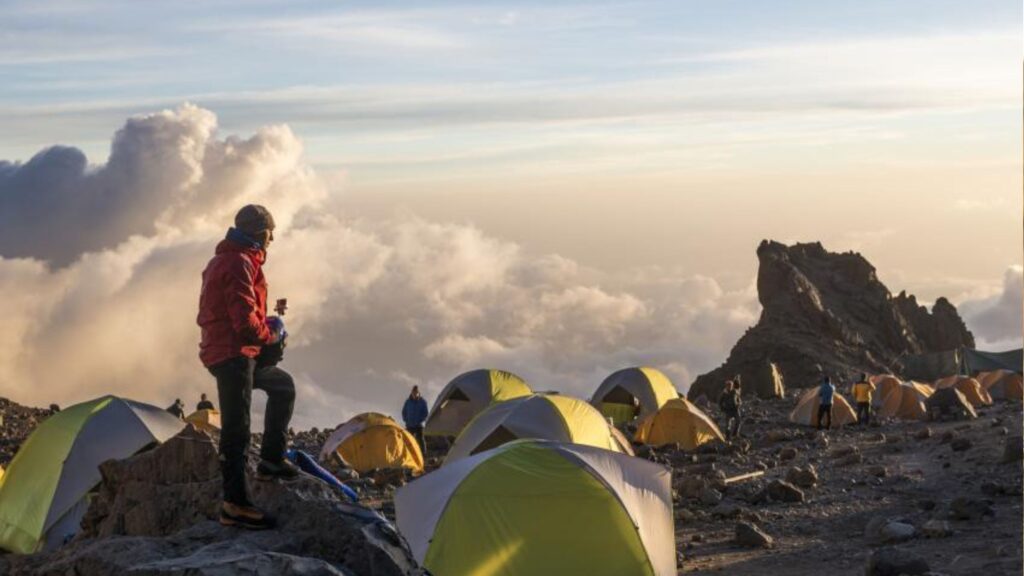
Umbwe:
This route is really only for experienced climbers looking for an extreme challenge. It’s a lot of scrambling and climbing as opposed to regular hiking.
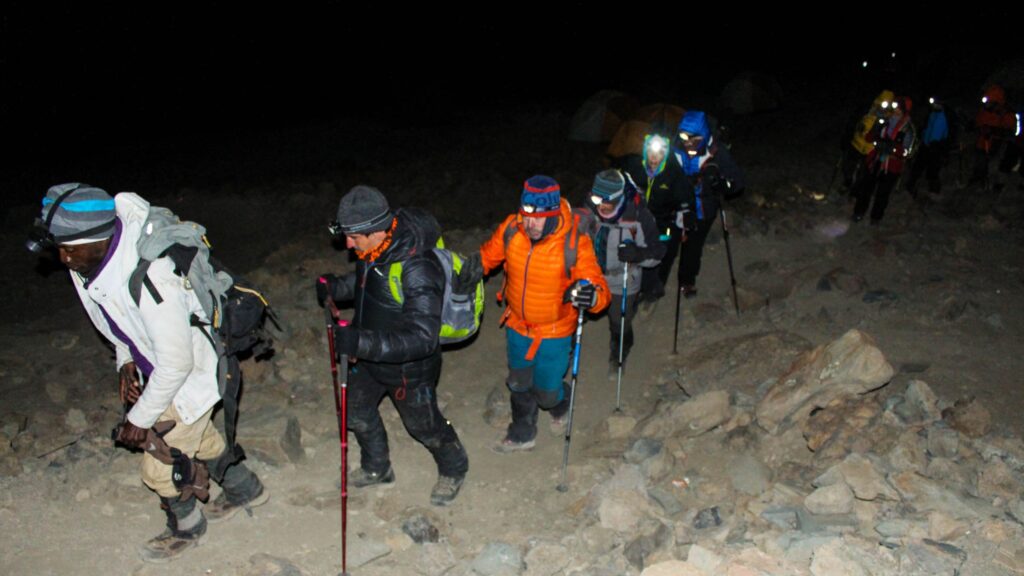
Regardless of what route you take, I would suggest nothing less than seven days. Don’t rush this trip. Although it will cost more money, the slower you go, the better your body adapts to the altitude, which is the #1 thing you can do to drastically increase your chances of success.
Costs
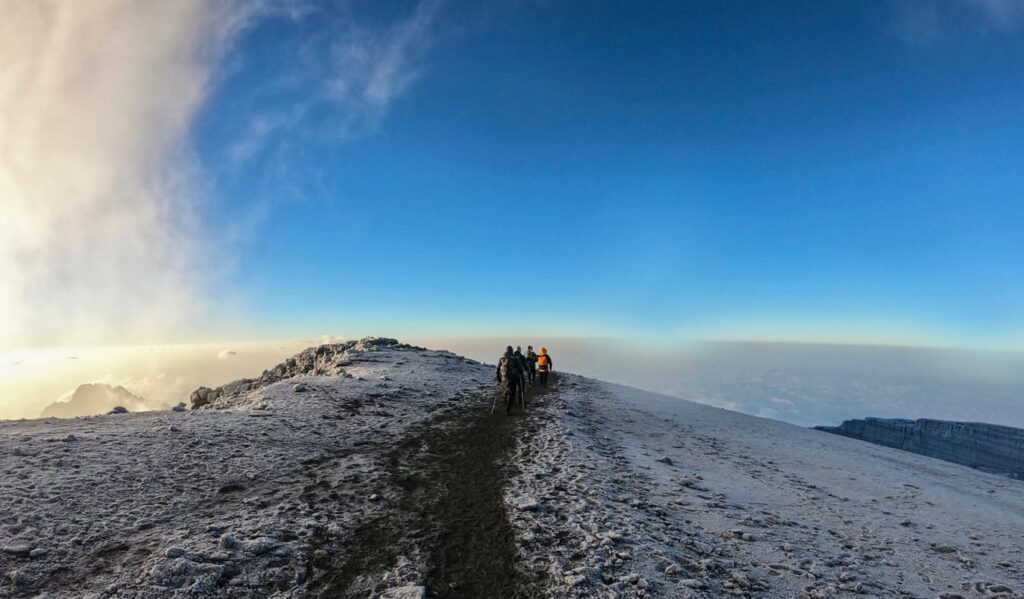
As with all travel, there is a wide range of price points available. There are luxury companies that will haul a full-size bed up the mountain so you don’t have to sleep on the ground, and there are super cheap companies that cut corners and likely don’t pay their porters fairly in order to keep costs low.
I suggest going for a more middle-of-the-road company for two reasons :
First, they will have more qualified guides, so you can learn more during your hike. These companies also usually pay their porters fairly, so you can be confident your team is taken care of.
Second, you’ll know that the company isn’t cutting corners. There is a lot of competition for Kilimanjaro treks, so you know if one company is just too cheap to be true that they are likely skimping on something. Since this is a once-in-a-lifetime adventure, don’t be cheap.
Prices range from $1,000 to over $5,000 USD per person. I wouldn’t book with any company charging less than $2,000 USD (I paid around $2,200 for my trip, before tipping see more on that below), as anything under that is going to be bare-bones.
Remember, people get seriously injured on this mountain every year, and around 10 are killed. Don’t cut corners! Pay for a reputable company with good reviews. Not only will you enjoy your trip more but you’ll feel more comfortable and be safer.
